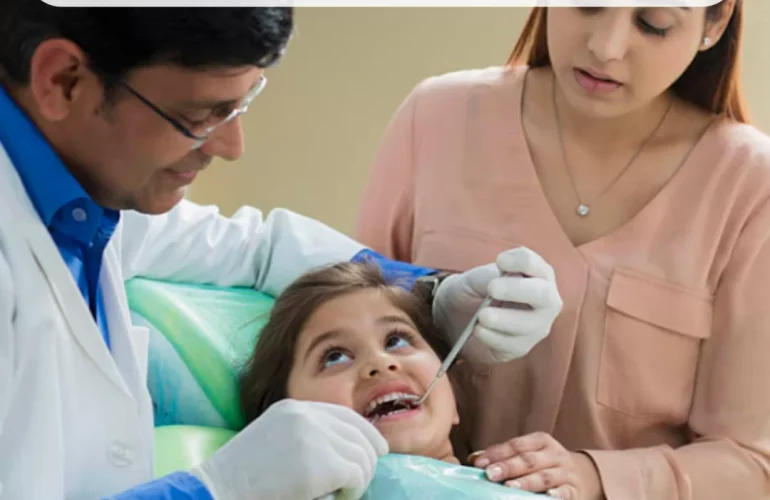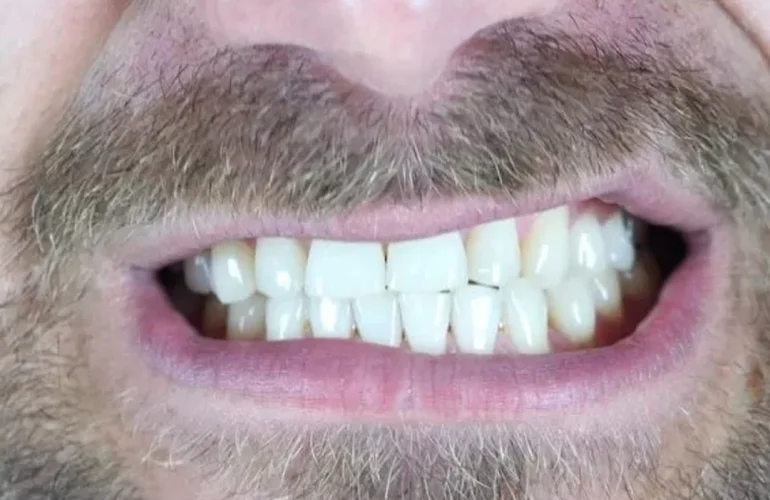Wisdom teeth are basically your last tooth or third molar located at the back of your mouth. These teeth can credit to the mouth when healthy and properly aligned, but more often, they are malaligned and don’t have room to grow properly and end up creating problems for your other teeth and require removal
Age of wisdom teeth eruption
They usually erupt into the mouth between 17 and 25 years of age. They can, however, erupt many years later.
Symptoms of wisdom teeth growing In
- Pain or bleeding gums.
- Red or swollen gums.
- Jaw pain or swelling.
- Bad breath or an unpleasant taste in the mouth.
- Difficulty opening the mouth
- Pain in-front of ears
Reasons for wisdom tooth extraction
Since wisdom teeth are the last tooth to enter your mouth, most often they grow at various angles, sometimes horizontally/Obliquely. So there will be no room for the wisdom tooth to come up, as the other adult teeth have already developed.
- Pericoronitis: It is an inflammation of the gum tissue surrounding the partially erupted tooth. Pericoronitis usually affects the wisdom tooth, where gum tissue covering the partially erupted teeth is infected by the food entrapment.
- They’re impacted. Because they are so far back in your mouth, they cannot come into the mouth normally. They can be trapped in your jawbone or gums and sometimes they impinge on the nerve below them causing pain. A wisdom tooth that doesn’t erupt can lead to the development of a cyst which can damage bone and gum tissue or even if they erupt, they can cause pressure on the tooth in front of them resulting in crowding of a front tooth.
- They come in at the wrong angle. Reduced space may cause wisdom teeth to come through at an angle.They may press against your other teeth causing root resorption of the adjacent tooth leading to pain.
- High risk of decay – Wisdom teeth is difficult to reach from brush to clean. Thus harbour bacteria to grow resulting in decay (involving wisdom tooth and sometimes adjacent tooth)
- Can complicate with orthodontic treatments to straighten other teeth.
The right time for extraction
The sensation of a tooth pushing through the gums can be painful. When there is space for the wisdom tooth to arrive, the pain will reside on its own after the complete eruption of the tooth. But if the pain persists or swelling, pus discharge is noticed contact your dentist.
Procedure
If a wisdom tooth is cavitated and completely erupted into your mouth, it can be grasped by extraction forceps, the tooth can be removed in a conservative approach. But if the tooth is impacted that is causing pain or other dental problems are usually surgically removed.
Extraction is almost always done as an outpatient procedure, so you will go home the same day. The process includes:
- Sedation or anaesthesia. You may have local anaesthesia, which numbs your mouth on the operating side only. Sedation anaesthesia doesn’t make you unconscious, it is given to relieve pain during the procedure.
- Tooth removal. During an extraction, your dentist or oral surgeon makes an incision/cut in your gums and removes any bone that blocks access to the impacted tooth root. After removing the tooth, the dentist or oral surgeon typically closes the wound with stitches and packs the empty space (socket) with gauze.
Procedure impact
Since local anaesthesia is given during the procedure, you will not feel the pain while extracting the tooth. You are advised to have prescribed antibiotics and painkillers given by the dentist to be taken after the extraction before the power of anaesthesia wears off.
After tooth extraction
It is normal that wisdom tooth extractions may cause some pain and bleed even swelling of the site or jaw. Temporarily, some people have trouble opening their mouth wide due to swelling of the jaw muscles. You will be advised to follow instructions namely taking pain medication and using cold compresses to reduce swelling to care for wounds and managing pain and swelling.
Non-extraction teeth impacts
Wisdom teeth can be retained as long as teeth asymptomatic (pain-free). But as and when the pain persists for a longer duration or cavity has begun, always better to get the tooth removed.
Care for a wisdom tooth that has already there in the mouth
It is crucial to maintain oral hygiene area near the wisdom tooth as it is difficult to reach from the toothbrush. Brush your teeth daily and make sure your brush reaching the last tooth. Visit your dentist once in six months to make sure all your teeth are healthy.
Call us at +91-9141160212 to book an appointment.






